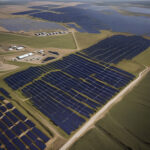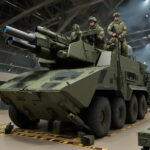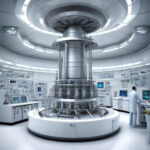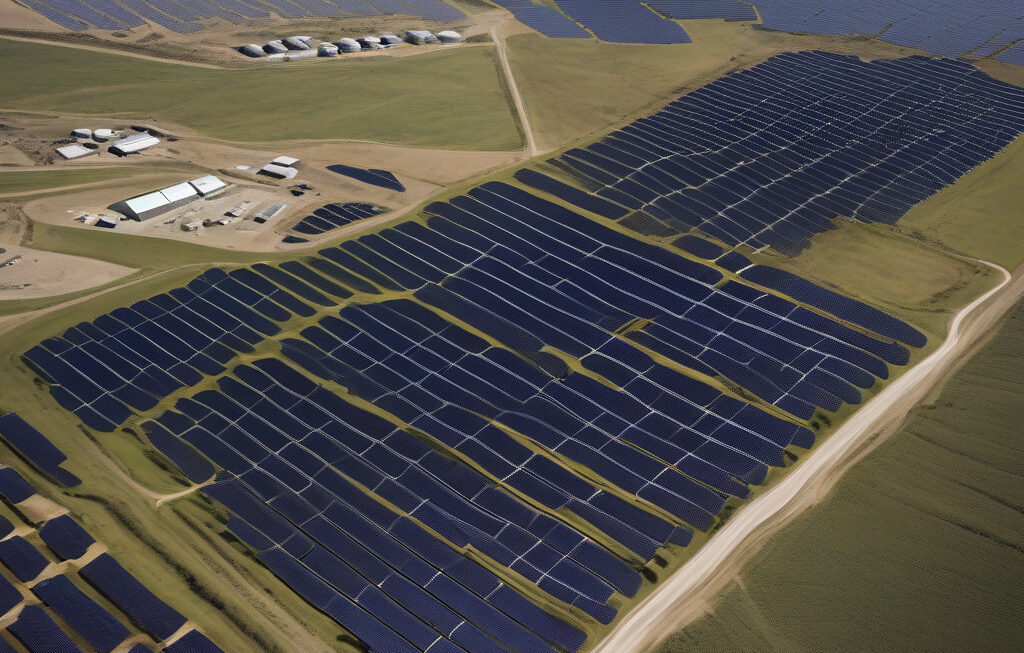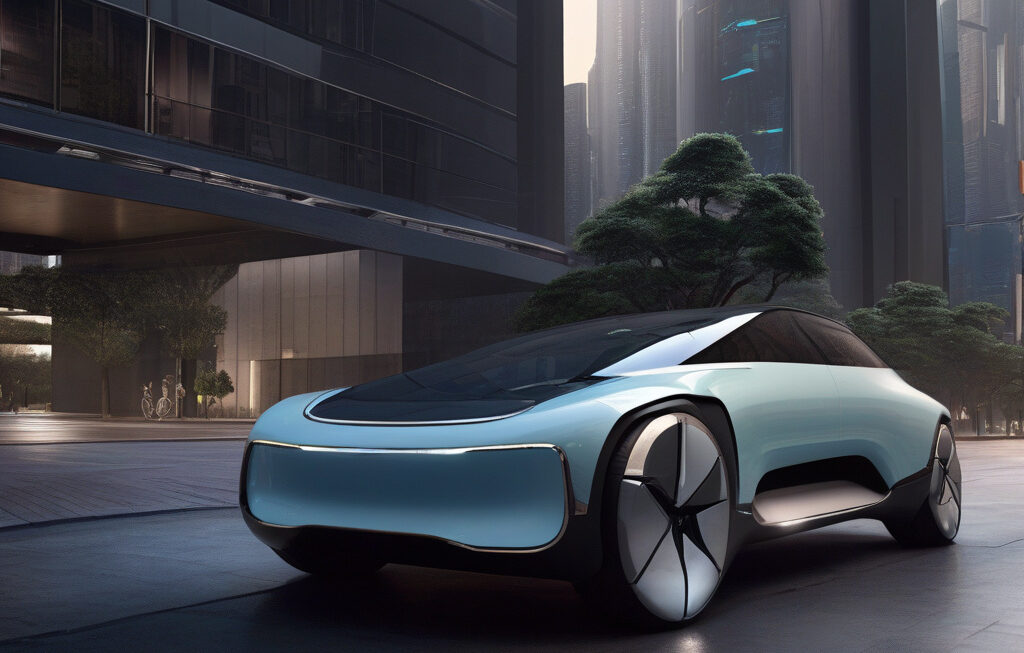80% More Energy: The Breakthrough of Electric Aircraft Battery with 450 Wh/kg Energy Density
Modern electronic devices heavily rely on lithium-ion batteries, including smartphones, electric vehicles, and even aircraft. The demand for more efficient and powerful batteries has been a driving force behind innovation in the industry. Recently, a significant breakthrough has been achieved in the United States, with a new electric aircraft battery boasting an impressive energy density of 450 Wh/kg, marking an 80% increase in energy storage capacity compared to current technologies.
This groundbreaking development in battery technology opens up a world of possibilities for the aviation industry, offering the potential for longer flight times, increased payload capacity, and improved overall performance of electric aircraft. With sustainability and energy efficiency becoming increasingly important in the aerospace sector, the introduction of high-energy-density batteries could revolutionize the way we think about air travel.
One of the key benefits of the new electric aircraft battery is its ability to store more energy in a smaller and lighter package. This means that aircraft can potentially carry more passengers or cargo while consuming less fuel, leading to reduced operating costs and lower carbon emissions. Additionally, the increased energy density allows for longer flight ranges, making electric aircraft a more viable and competitive alternative to traditional fossil fuel-powered planes.
The implications of this technological advancement extend beyond the aviation industry. The higher energy density of these batteries can also benefit other sectors, such as electric vehicles and renewable energy storage systems. Electric cars equipped with these high-energy-density batteries could see a significant increase in driving range, making them more practical for everyday use and accelerating the transition to sustainable transportation.
Furthermore, the integration of these advanced batteries into renewable energy storage solutions could help address the intermittent nature of solar and wind power generation. By storing excess energy during peak production periods, these batteries can ensure a stable and reliable power supply, even when the sun is not shining or the wind is not blowing.
The development of the 450 Wh/kg electric aircraft battery serves as a testament to the power of innovation and collaboration in driving progress towards a more sustainable future. As researchers and engineers continue to push the boundaries of battery technology, we can expect to see even more impressive advancements in energy storage capacity, efficiency, and performance in the years to come.
In conclusion, the introduction of the high-energy-density electric aircraft battery with 450 Wh/kg marks a significant milestone in the evolution of battery technology. With its potential to revolutionize the aviation industry and beyond, this breakthrough paves the way for a more sustainable and energy-efficient future.
electric aircraft, battery technology, energy density, sustainability, innovation



